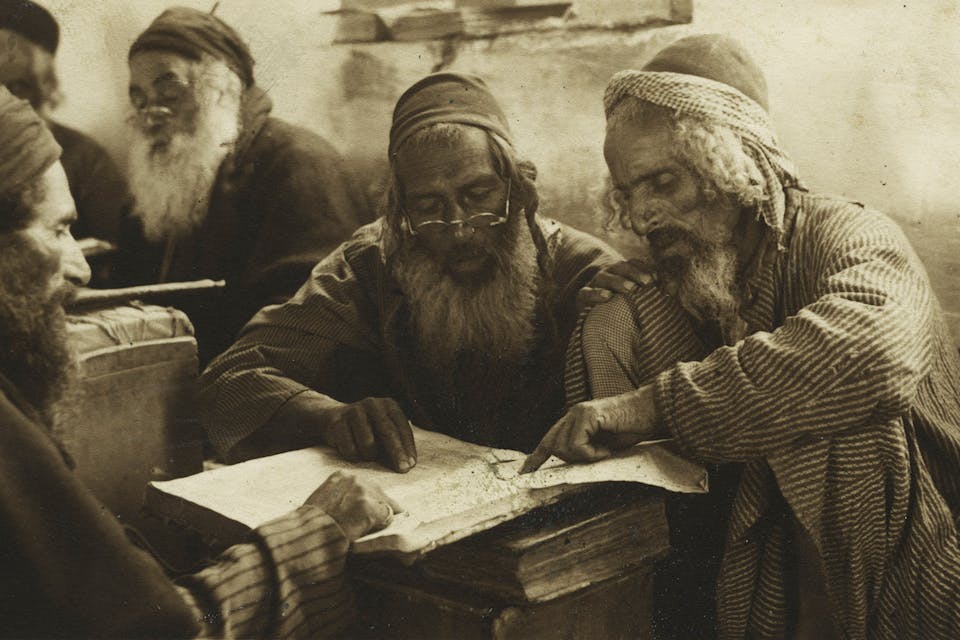
November 15, 2021
The Intellectual Fireworks of Talmud Study Move Outside the Yeshiva
Some of the most interesting and creative work in all of Jewish studies today is happening neither in universities nor as part of a yeshiva curriculum.
Some of the most interesting and creative work in the field of Jewish studies today is happening neither in universities nor as part of a yeshiva curriculum. Instead, there is a growing space for scholars who don’t quite follow the strict rules of either type of institution.
In ḥaredi (sometimes called “ultra-Orthodox”) boys’ education, one subject of study alone is paramount: Talmud. This is especially true in “yeshivish”—that is, ḥaredi but not ḥasidic—male educational environments, where Talmud study is the central religious pursuit around which nearly all service of God revolves. Boys first begin Talmud study at age nine or ten. Once they reach high school, and for many years thereafter, yeshivish men spend nearly all of their time studying Talmud in a central hall called a beit midrash. The daily schedule is organized around three central s’darim (periods), in which everyone studies the same tractate page by page, from early in the morning until late in the evening.
Strictly speaking, the Babylonian Talmud is the massive collection of laws, teachings, and stories that forms the backbone of rabbinic Judaism. But for ḥaredi Jews, “Talmud” extends far beyond the text itself, to encompass numerous other works that are studied alongside it: backwards to earlier compilations such as the Mishnah and Tosefta, as well as the Hebrew Bible itself; forward through the dense forest of medieval and modern commentaries that elucidate and expand upon the Talmud; and outwards to legal codes and responsa, ethical works, and even philosophy. “Talmud” also sometimes extends sideways to roughly contemporary works, such as the Jerusalem Talmud (an earlier version compiled in the Land of Israel) and midrash (collections of rabbinic stories, interpretations, and teachings).